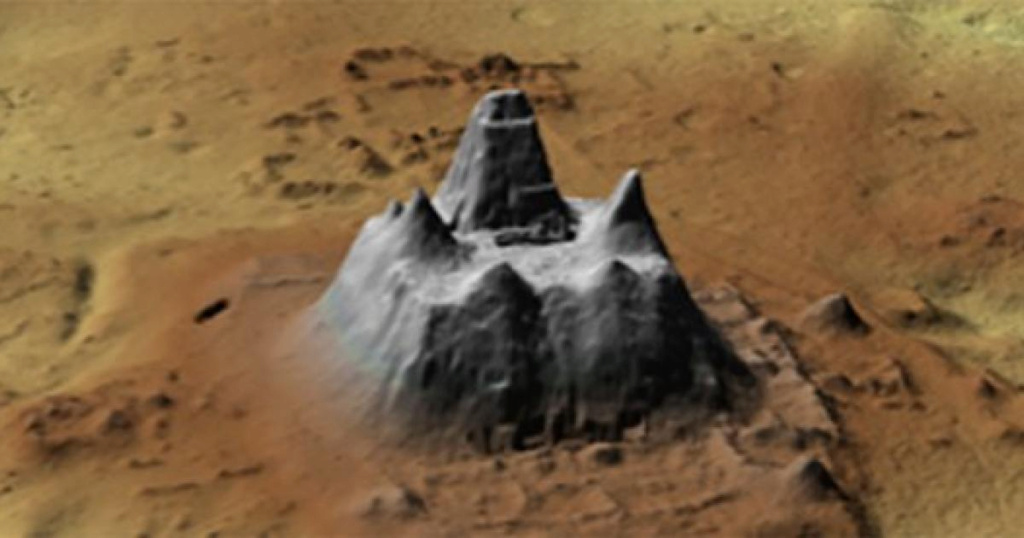The Discovery Of A Thousand Colonies Of The Mayan Civilization In Guatemala

Scientists have found nearly 1,000 previously hidden Mayan settlements in northern Guatemala thanks to LIDAR, a laser-scanning technology from the air.
The area covered by these settlements is vast. The researchers observed buildings and structures spanning 1,683 square kilometers of the entire Mirador Karst Basin and its immediate surroundings.
According to Science Alert, researchers from institutions in the United States, Guatemala and France noted that the settlements they encountered were very densely populated, providing further evidence of the overcrowding of these early places in Mesoamerica.
Kingdom like country
The discovered colonies include homes, sports stadiums, religious, ceremonial and civic centers, in addition to extensive networks of bridges and canals that connect many of them to each other.
"Many of these settlements display a socio-geographical political relationship with other neighboring settlements, which has resulted in incorporation into at least 417 ancient cities, towns and villages with identifiable site boundaries," the researchers wrote in their published paper.
The connections observed between points of habitation suggest that this was all part of a kingdom-like state, in the sense that common ideologies and politics may have been shared across many of the newly revealed sites.

According to the researchers, many skills were required to build these structures such as those of quarry and mortar specialists, stone technicians, architects, law enforcement officials, and religious officials.
The role of the laser scanning system
"The volume of work in the construction of massive platforms, palaces, dams, bridges and pyramids dating from the Middle and Late Preclassic periods throughout the Mirador-Kalacmal Karst Basin indicates the strength of organization of thousands of workers and specialists," the researchers wrote.
The light-based aerial survey system enabled the scientists to easily look below forest canopies and other plant growth areas at the hard structures beneath. It has been used in recent years to uncover Cambodian cities and Amazonian villages.
Last October, archaeologists in Guatemala found pottery, human tombs and Spanish rifle bullets at the site of the last Mayan city that resisted European invasion.
Source : websites

